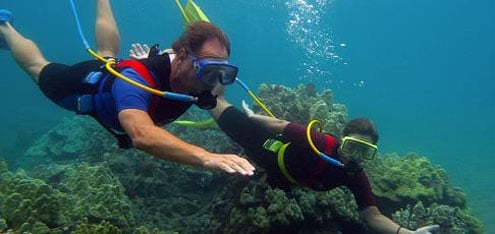OP
CodFishHead
Registered
Thank you for the suggestiions,@CodFishHead if you're going with a gas, honestly just buy a Brownies. It's not worth it to try to recreate that wheel IMO. It's one thing on the electric side where you just pick the right pump and figure out how to power it, but trying to find the right head to mount to the right motor is just not worth it. There are two of them on Craigslist now for under $2k complete with the main downlines, splitters, regulators, etc. and you aren't going to build one cheaper than that. It's the defacto system for commercial operations and we use them regularly for AAUS scientific diving operations and while the new ones are crazy expensive at $3k+, the used ones aren't so bad
I'm an Engineer. Or I shoud say was before I retired. I already have a ton of SS quick disconnects, hoses, clamps, and so on I used in my brewery. I'm also checking out whats on the market to just buy. Funds are not an issues. Not looking to save. Looking to make the best. But mayeb I can just improve on a package with better filtration. It's cold here in FL. Going to do a Christmas plunge in a little while. Water temps 62. My NE blood is gone. I'm a whimp now. Don't like it under 80 lol






